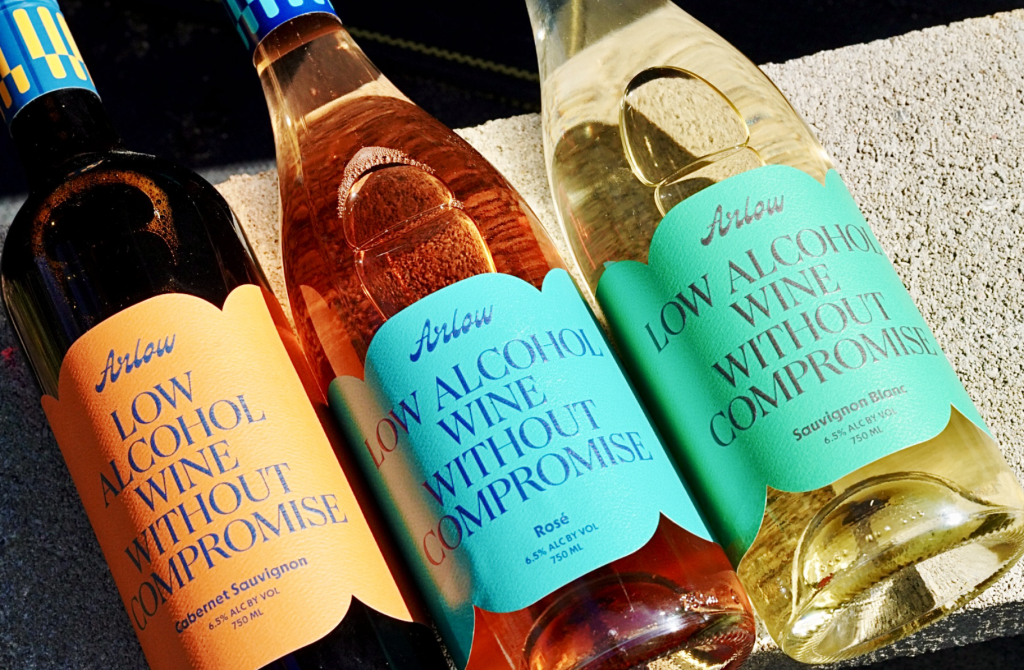The wine world is experiencing a remarkable transformation as consumers increasingly gravitate toward low-alcohol wines, typically containing under 13% ABV. This shift represents more than just a passing trend—it’s a fundamental change in how we approach wine consumption, driven by health consciousness, lifestyle preferences, and evolving social habits. The movement toward lighter wines reflects broader cultural shifts toward wellness, mindful drinking, and sustainable living practices. From innovative winemaking techniques to changing consumer demographics, the low-ABV wine revolution is reshaping vineyards, retail shelves, and dinner tables worldwide. As millennials and Gen Z lead this charge, traditional wine regions are adapting while previously overlooked areas are finding new prominence in this expanding market segment.
The Health and Wellness Connection
The surge in low-ABV wine popularity directly correlates with growing health awareness among consumers. These lighter wines offer significantly fewer calories while maintaining complex flavors, appealing to health-conscious drinkers who want to enjoy wine without compromising their wellness goals. The trend particularly resonates with younger demographics, as millennials and Gen Z consumers prioritize mindful consumption over traditional drinking patterns.
Research indicates that females, younger individuals, and less frequent wine drinkers are more likely to favor low-alcohol options, especially in markets like the UK and Italy. This demographic shift is driving substantial market growth, with the percentage of American drinkers consuming non-alcoholic beverages more than doubling from six to 13 percent in recent years.
Innovation in Winemaking Techniques

Winemakers are employing sophisticated techniques to create compelling low-ABV wines without sacrificing quality. These methods include harvesting grapes at cooler temperatures and adjusting fermentation processes to achieve desired alcohol levels while preserving each grape variety’s unique characteristics. The innovation extends beyond traditional methods, with producers exploring dealcoholization technologies that can reduce wines to as low as 6% ABV while maintaining geographical indication status.
The 2025 wine showcases remarkable innovation, with producers launching everything from sparkling low-alcohol rosés to organic low-ABV Merlots. These developments demonstrate that low-alcohol wines are no longer compromise products but sophisticated offerings that stand on their own merits.
Expanding Grape Varieties and Regions
The low-ABV movement is spotlighting grape varieties previously considered secondary players. Gamay, Zweigelt, and Cinsault are gaining recognition for their ability to deliver fresh, vivid profiles without heavy alcohol content. These varieties offer natural advantages for producing lighter wines while maintaining complexity and food-pairing versatility.
Regions like Austria, Sicily, and the Canary Islands are finding new audiences by championing low-ABV styles. This geographic expansion is creating opportunities for wine regions that may have struggled to compete in the high-alcohol market, offering consumers diverse flavor profiles from unexpected terroirs.
Market Growth and Consumer Preferences
The low-alcohol wine segment is projected to grow by 15% annually, driven by increasing health awareness and shifting drinking habits. However, the market is experiencing an interesting split: while low-alcohol wine sales dropped by 5% in 2024, zero-alcohol wine sales rose by 8%, with particular growth in the sparkling category.
This divergence suggests consumers are increasingly choosing either traditional wines or completely alcohol-free options, with less interest in the middle ground. The trend toward premium no-alcohol options is particularly notable, as standard and premium brands are growing faster than value-oriented offerings.
The Future of Low-ABV Wines
The low-ABV wine revolution represents a permanent shift rather than a temporary trend. As regulatory frameworks evolve to support these products and production techniques continue advancing, low-alcohol wines are positioned to capture an increasingly significant market share. The movement aligns perfectly with contemporary values of moderation, wellness, and authenticity, ensuring its continued growth in the evolving wine industry.


